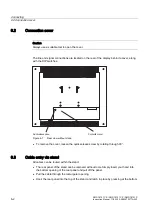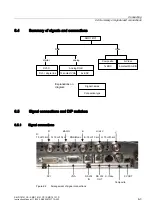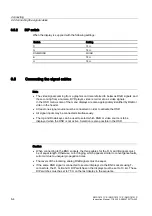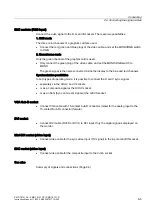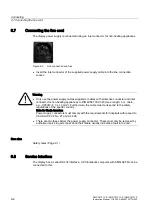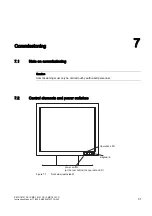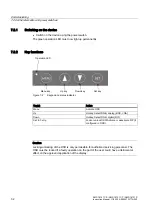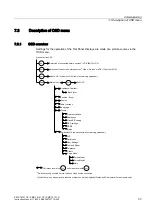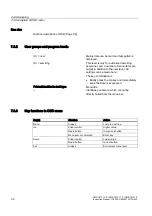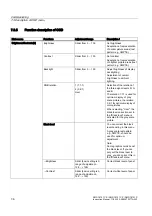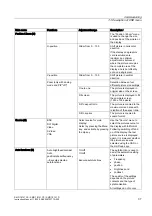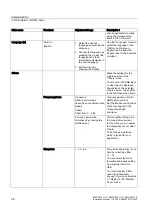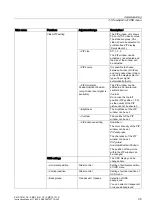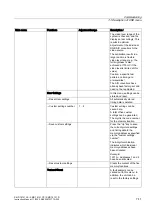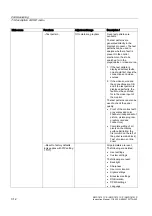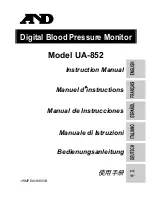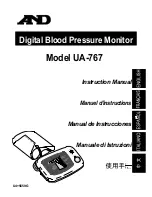
Connecting
6.6 Connecting the signal cables
SMD 18101 CS / SMD 18101 CP / SMD 18101 D
6-4
Instruction Manual, 11/2005, A5E00472377A-002
6.5.2
DIP switch
When the display is supplied with the following settings:
Switch
Setting
R
75 Ω
G
75 Ω
RGB/MONO
MONO
B
75 Ω
H
75 Ω
6.6
Connecting the signal cables
Note
•
The video signals coming from a graphics card are referred to below as RGB signals, and
those coming from a camera, DVD player, video recorder etc. as video signals.
In the OSD menu, some of the menu displays are also appropriately identified by RGB or
video in the header.
•
At least one signal source must be connected in order to activate the OSD.
•
All signal inputs may be connected simultaneously.
•
The Up and Down keys can be used to select which RGB or video source is to be
displayed when the OSD is not active. Selection is also possible in the OSD.
Caution
•
When connecting to the BNC sockets, the three cables for the R, G and B signals must
be of equal length. Otherwise, color fringing, which appears similar to convergence faults,
will occur due to unequal propagation times.
•
The levels of the incoming analog RGB signals must be equal.
•
If the same RGB signal is connected to several displays via the BNC sockets using T-
connectors, the R, G, B and H DIP switches on the displays must be set to 10 kΩ. These
DIP switches must be set to 75 Ω on the last display in the sequence.













